When Clouds Enter the Forest and The Art of Motorcycle Maintenance
at Galerie Karsten Greve - Paris
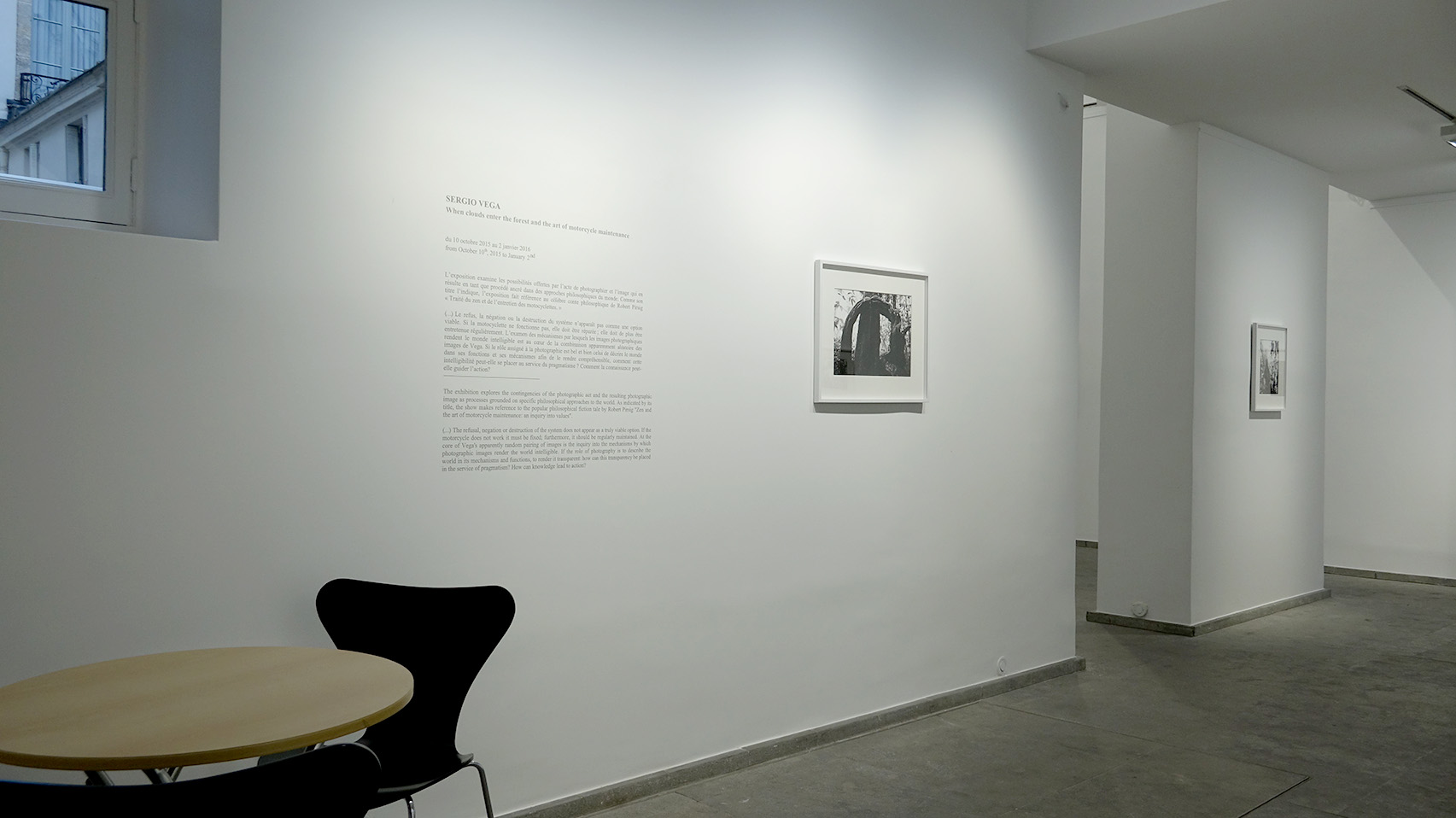
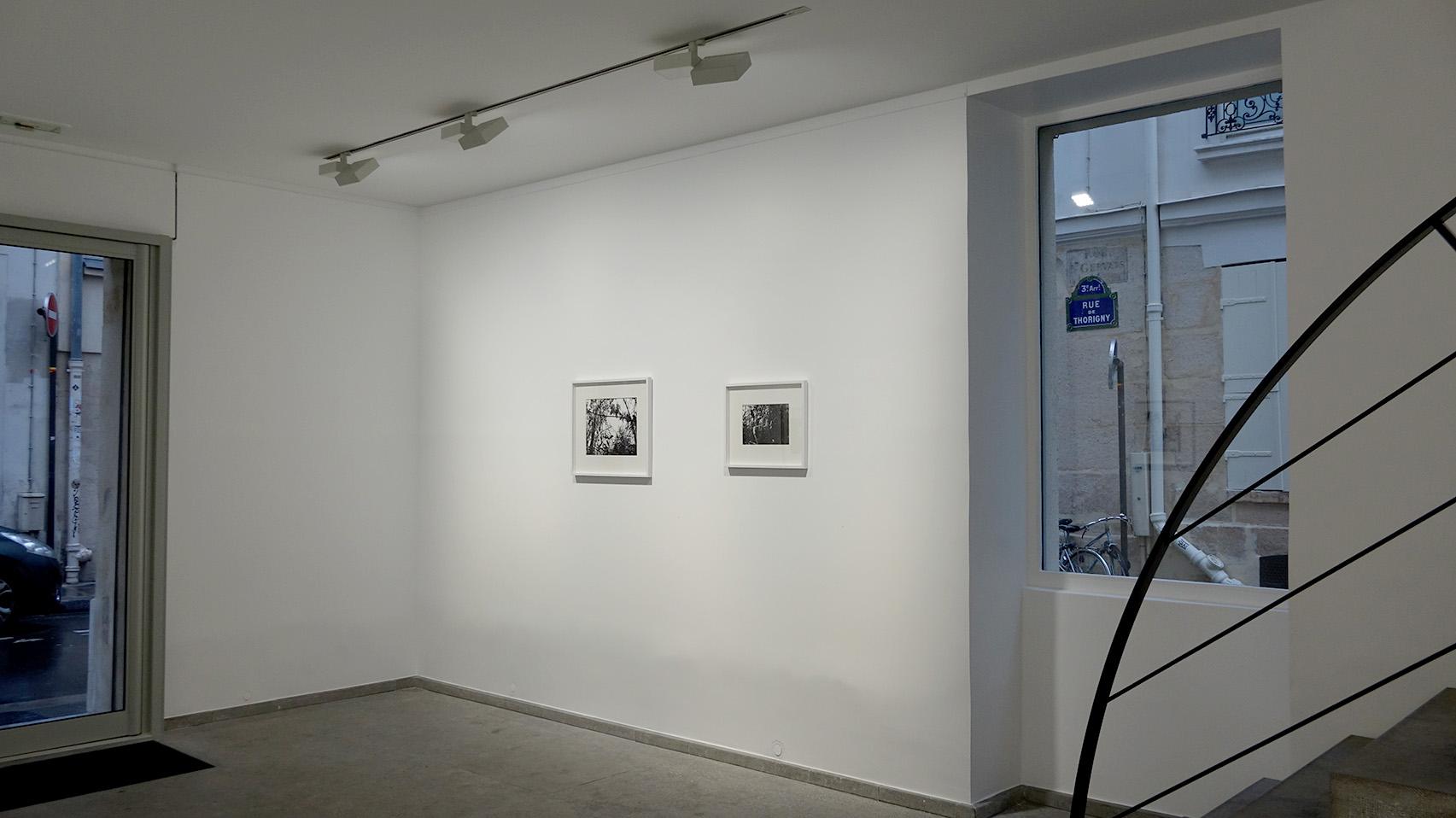
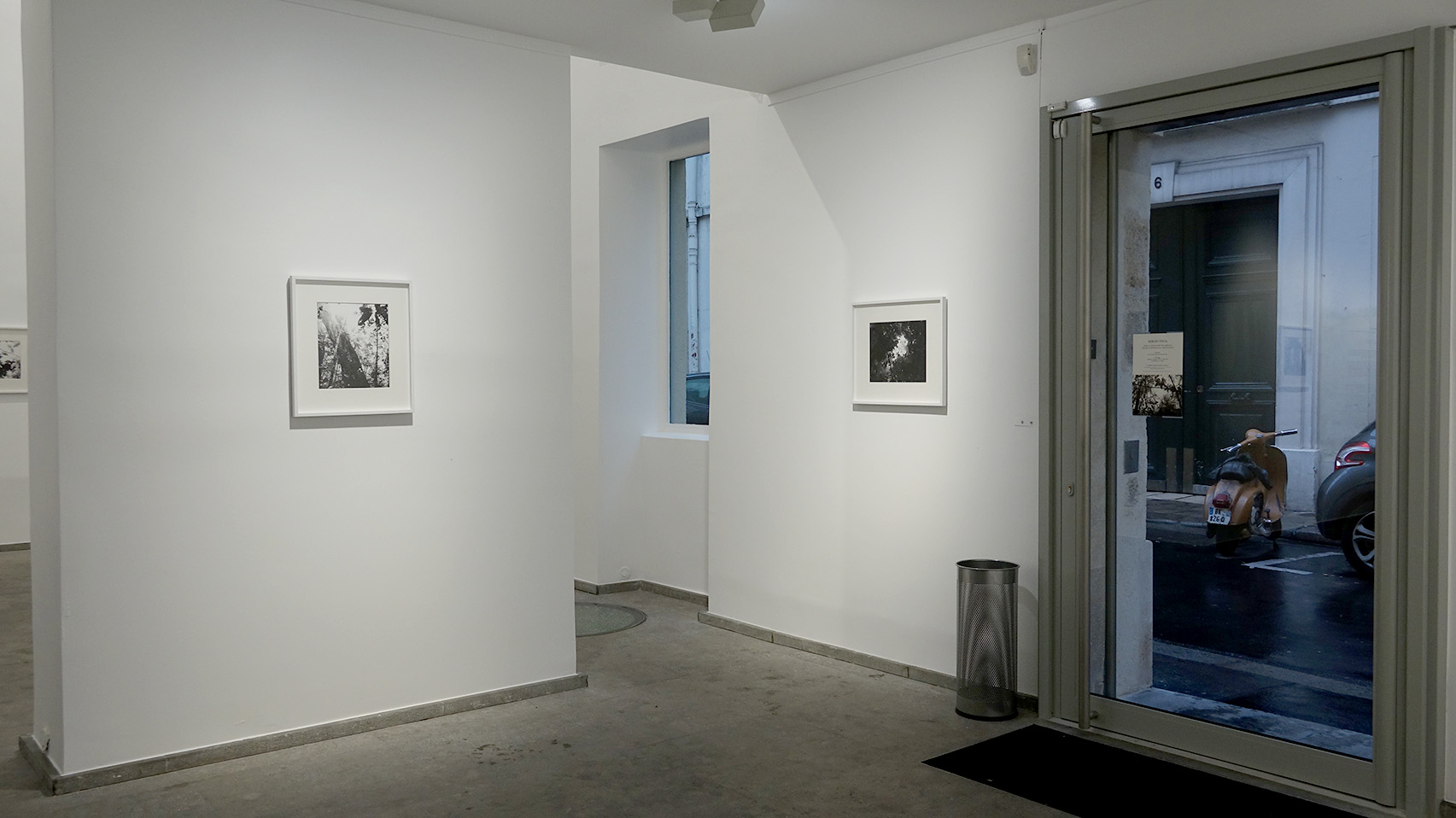

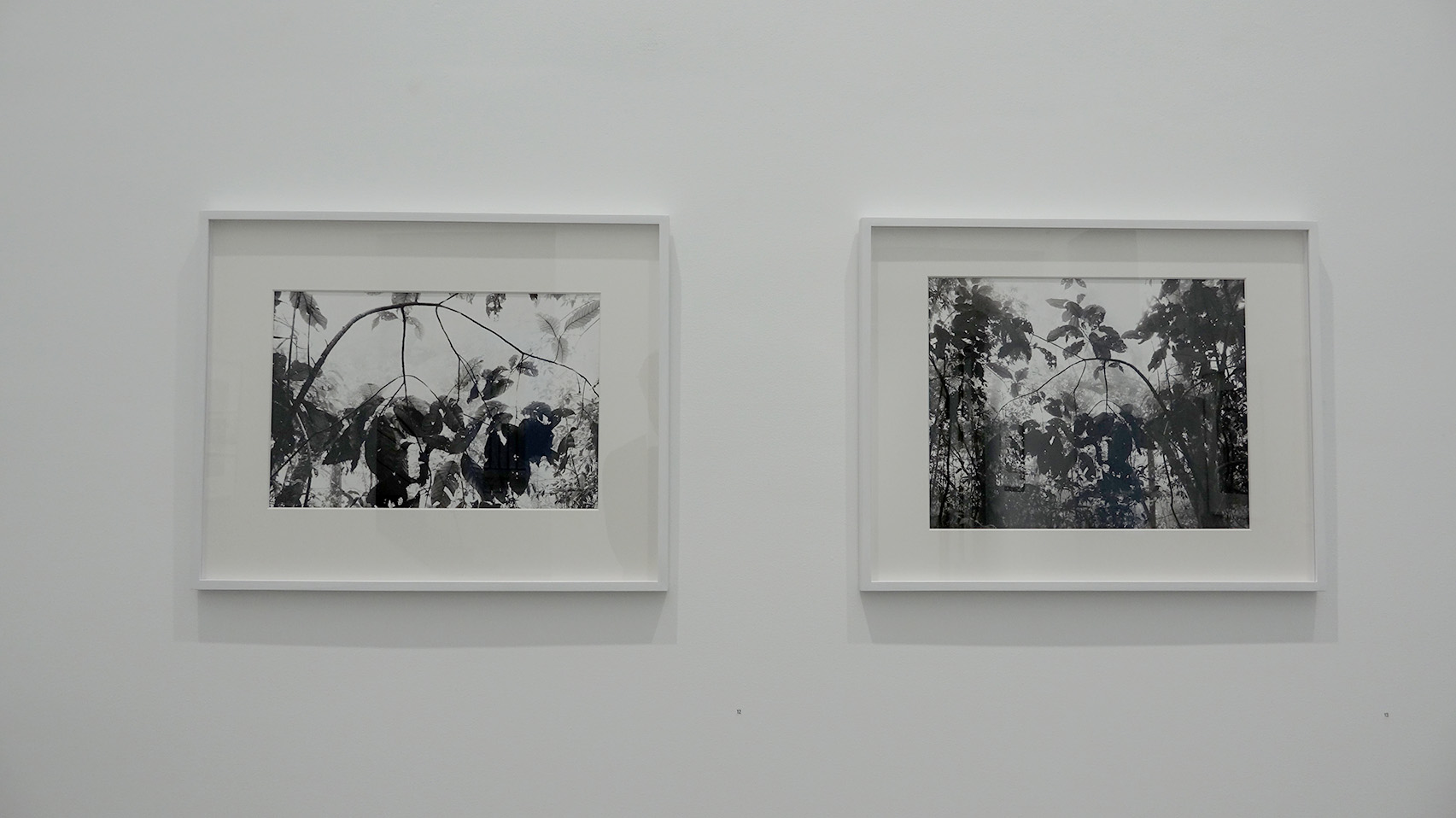


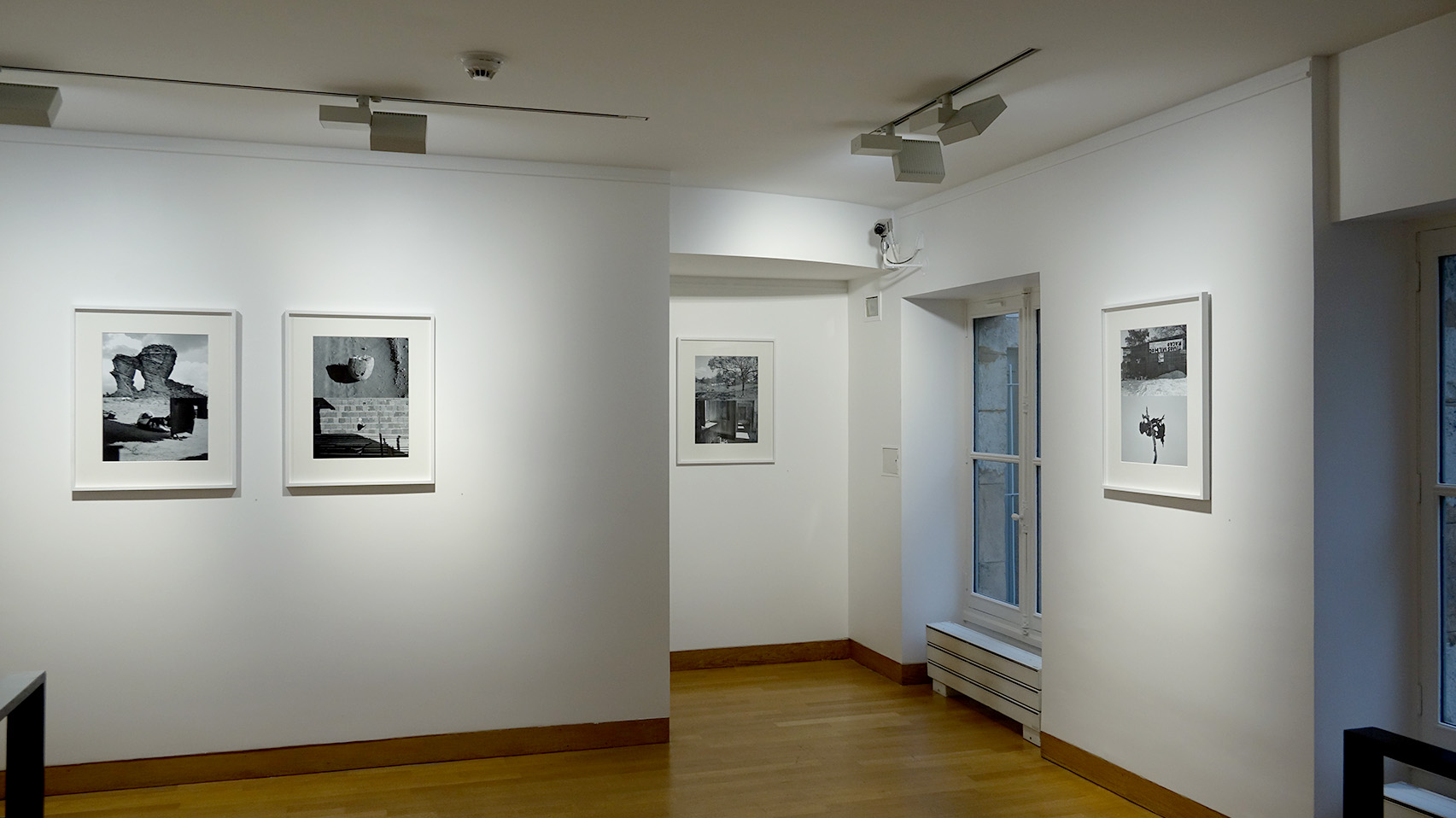
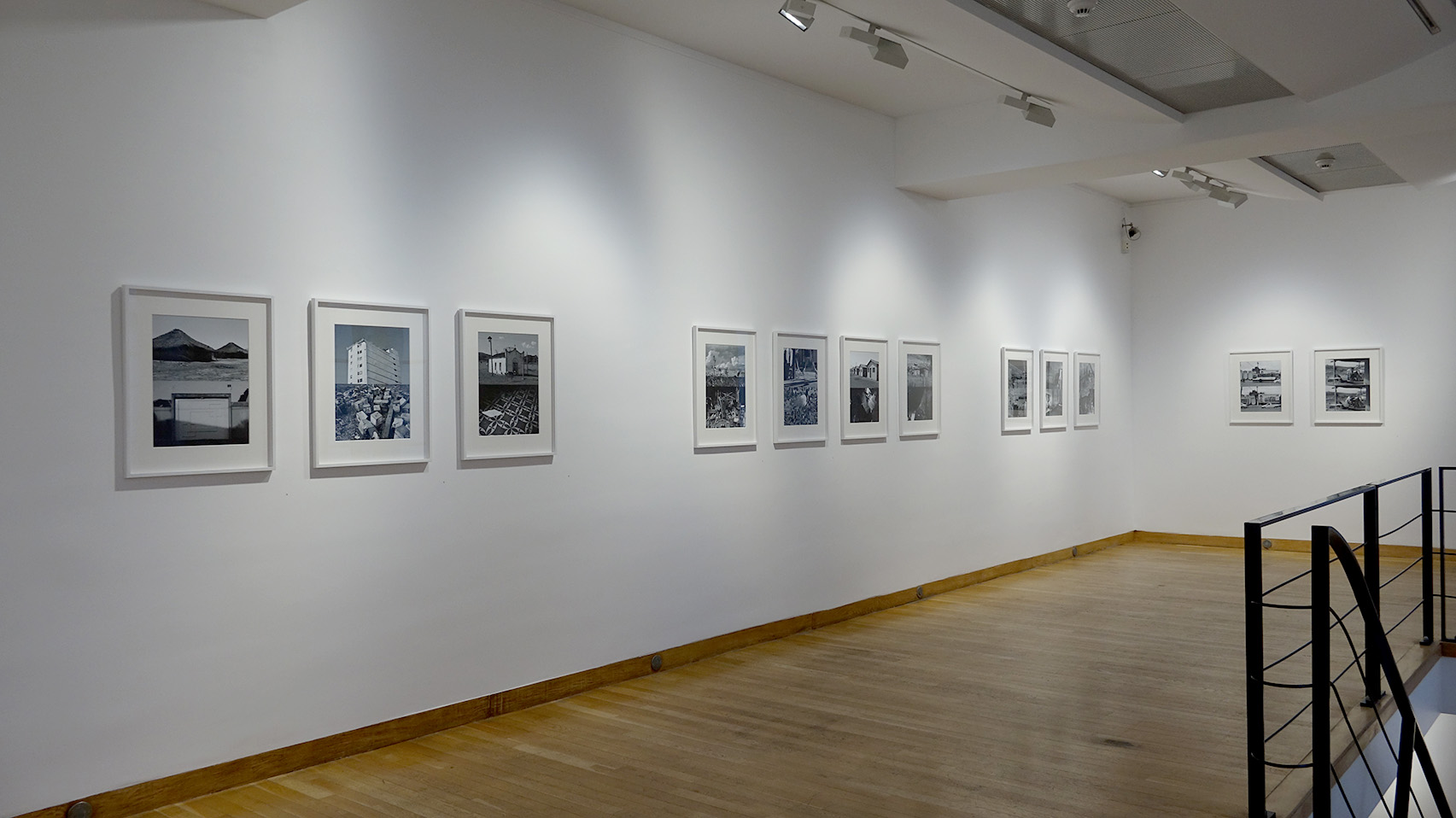
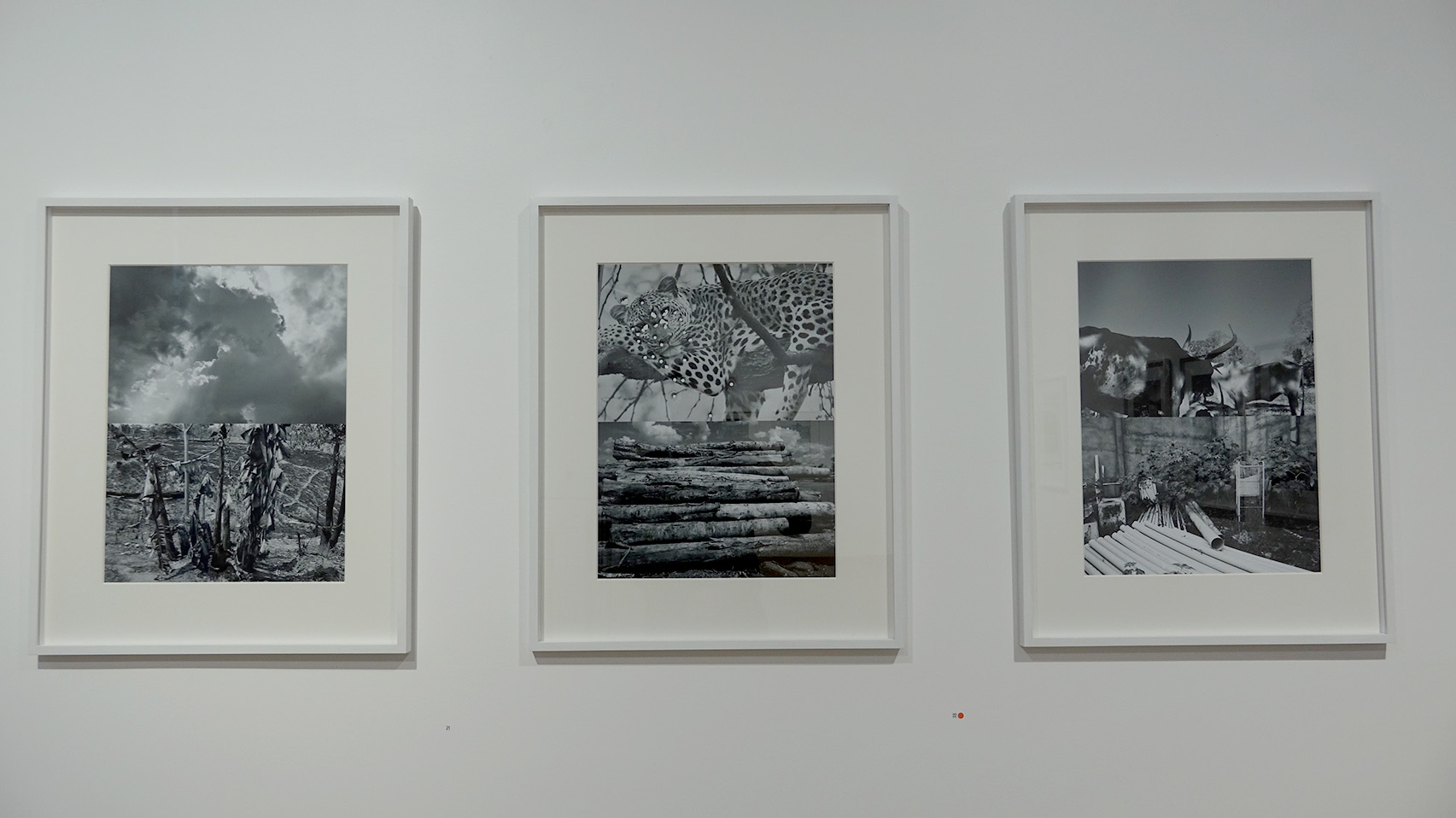
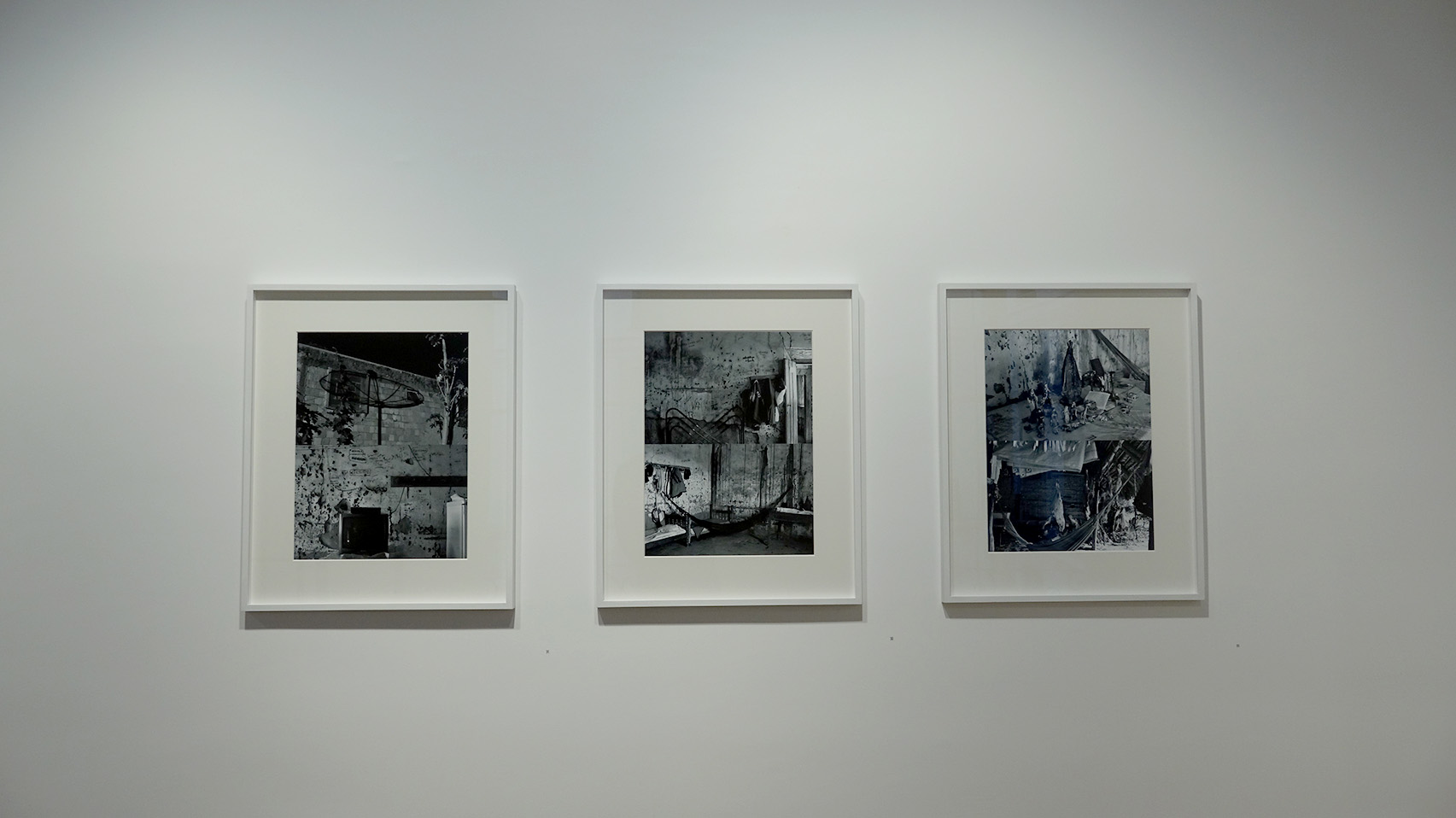

“The test of a first-rate intelligence is the ability to hold two opposed ideas in mind at the same time, and still retain the ability to function.”
The exhibit explores the contingencies of the photographic act and the various realms of "imageness" as processes grounded in distinct philosophical approaches to the world. As indicated by its title, the exhibit makes reference to the popular philosophical fictional tale by Robert Pirsig, Zen and the Art of Motorcycle Maintenance: An Inquiry Into Values.
The series "When Clouds Came Into the Forest" refers to the gestalt's aesthetics of contemplation, the sublime, and Zen's existential approach of "being in the moment" by experiencing the world anew in the present time. The photographs, taken all in one afternoon, depict the Amazonian forest from within, engulfed by passing clouds, captured in images that resemble scroll black ink paintings. The random, organic formations of branches and leaves become expressive lines and spontaneous brushstrokes while hinting into surrealist aesthetics, romanticism, and the baroque.
The "paired photographs" series set oppositional, equivalent, similar, contiguous, sequential, and oddly dissonant duos to interrogate the manners in which images can derive significance in relation to one another. These compositions that bind two images together not only attempt to arrive at a Hegelian "third term" synthesis or resolution of dichotomy, but also sustain ambiguity and duality as ways to engage with the world.
“But to tear down a factory or to revolt against a government or to avoid repair of a motorcycle because it is a system is to attack effects rather than causes; and as long as the attack is upon effects only, no change is possible [...] If a revolution destroys a systematic government, but the systematic patterns of thought that produced that government are left intact, then those patterns will repeat themselves in the succeeding government."1 As a result, the refusal, negation, or destruction of the system does not appear as a truly viable option. Once on the road, if the motorcycle stops working it may be best to fix it. Furthermore, it should be periodically maintained.
From the artist's idiosyncratic pairing of images emerges a line of inquiry into the processes by which photographs make the world intelligible. If the role of photography is to describe the world in its mechanisms and functions, to render it transparent, how can that transparency be placed in the service of pragmatism? Can that knowledge lead to action?
1 Robert Pirsig, "Zen and The Art of Motorcycle Maintenance: An Inquiry Into Values"